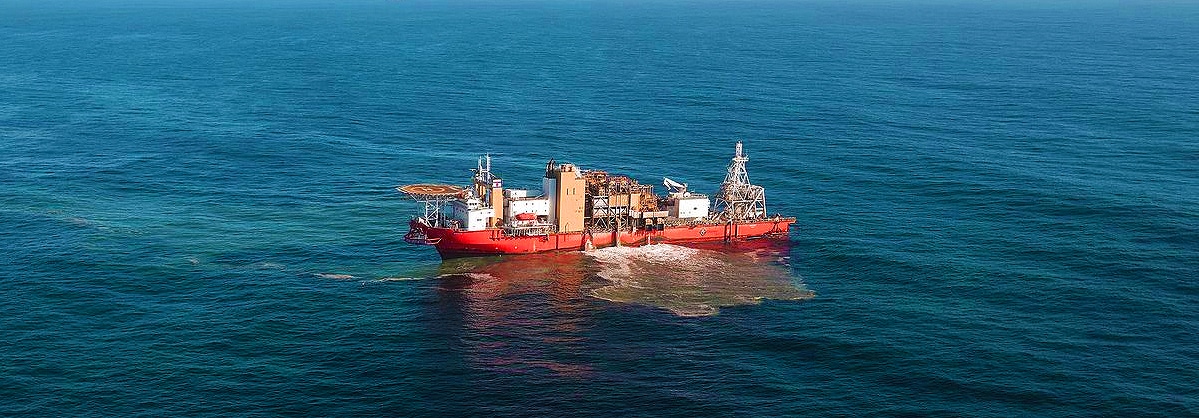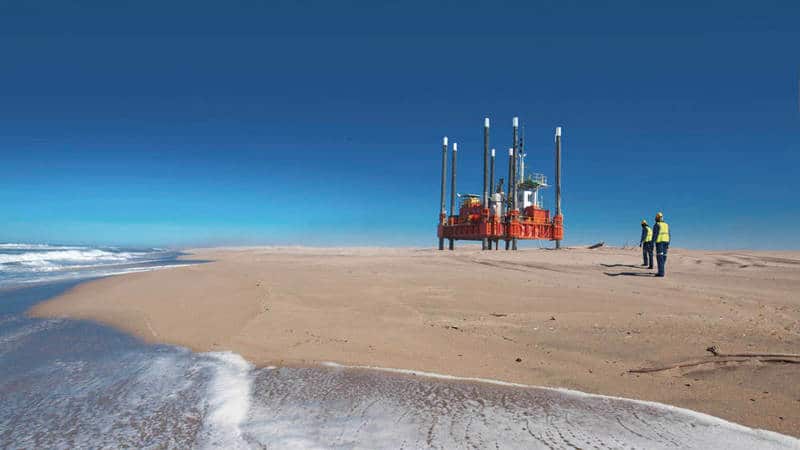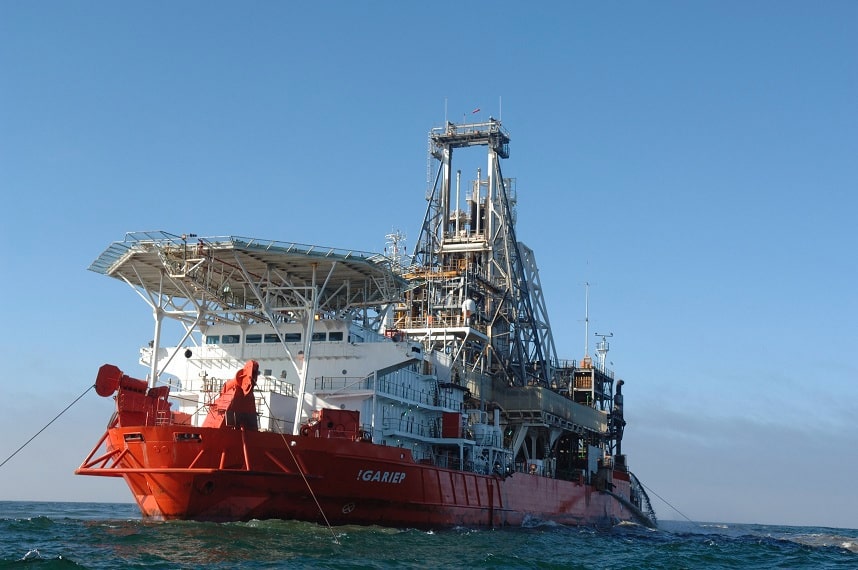Blog
Home » Diamonds blog » DIAMONDS FROM THE SEA
Focus on

Diamonds from the sea of ocean bed are not out of the ordinary, in fact they have been cut, polished and worn by jewelry lovers for the better part of a century. Whether these stones were originally formed from materials on the ocean floor is a matter of conjecture. What is not is that they were recovered beneath the waves, generally off the coast of Namibia or South Africa.
The diamond in question actually reached the coast from inland, sometimes hundreds of kilometers away. Most are found today near the mouth of the Orange River, one of southern Africa’s largest water tributaries, which has transported them from alluvial fields in gem-populated areas in South Africa, Namibia and Lesotho, and deposited them into the Atlantic Ocean. The river itself marks the border between South Africa and Namibia.
DIAMONDS ON THE BEACH IN THE SPERRGEBIET
Namibia is the country most commonly associated with marine diamonds. Its beaches were the scene of a brief rush in 1908, and the coastal area where they are found has long been known as the Sperrgebiet, which is name provided by the country’s once German colonial masters, and literally means “Prohibited Area.”
The diamond mining area in southwestern Namibia runs from the town of Oranjemund, on the border with South Africa, to about 72 kilometers north of the town Lüderitz. Despite the creation of a national park in the area in 2004, to protect the very fragile ecosystem, the presence of diamonds along then beach means that members of the public are banned from entering most of the Sperrgebiet.

A Namdeb mining operation, extracting rough diamonds along Namibia’s western coast.

One of Debmarine’s specialized mining vessels, which uses giant vacuum pipes to suck up diamond-rich sediment from the seabed.
The area is mined by Debmarine Namibia, which is a joint venture owned by the Namibian government and the De Beers Group. When it commences operations in 2002, it was producing 500,000 carats per annum, while its sister company Namdeb, which mines Namibian concessions on land, was producing around 1 million carats.
Today, according to Namibia’s Chamber of Mines, close to 75 percent of the country’s total diamond production is from the seabed, or around 1.4 million carats per annum. Up to 95 percent of the material is considered gem quality.
PROSPECTING AND MINING ON THE OCEAN FLOOR
All in all, Debmarine Namibia has received from the Namibian government a license to operate off the coast of Namibia until 2035 within a 6,000-square-kilometer area, which is about half the size of Jamaica. Since it began operation in 2002 it has depleted only about 2 percent of the area.
Prospecting is done in several stages. Unmanned underwater drones first survey the seabed using sonar technology, and then a two-person submarine is used to examine the geology of the seafloor. Finally, sampling is done with a 12,000-ton exploration vessel, which samples of sand and rocks from areas believed to hold diamonds.
To date, the various technologies have identified a mineralized zone that makes up about a quarter of the total license area.
To mine the area, Namdeb operates six specialized vehicles, which essentially use giant vacuum pipes to remove sediment from the seabed.
Earlier this month the company announced that five South African and Namibian commercial banks were investing up to $375 million in the construction of a seventh vessel, which will become the world’s largest diamond mining vessel. De Beers and the government of Namibia agreed to provide the balance of $94 million to buy the ship.
It is believed that there exist sufficient deposits on the seabed to support mining activity for at least 20 more years.
